Waltz Spectrograph |
Waltz
We are very much looking forward to use the Waltz Spectrograph for Exoplanet Research and Student Education!
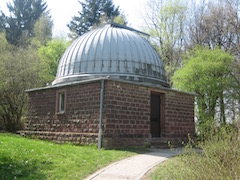
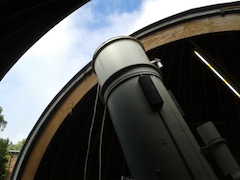
The Waltz Telescope is located on the Königstuhl (568m) in Heidelberg and is one of the small telescopes of the Landessternwarte.
The 72 cm Waltz Telscope saw first light in 1906. It was funded by the Waltz family and was the first big reflecting telescope whose optics was built by Carl Zeiss Jena. It was one of the biggest telescopes at that time. Originally, the telescope was used in a Newton focus, but today it is used in Nasmyth focus. Its main application has always been spectroscopy. In an effort to improve student education through providing night time observing experience, we have built a high resolution Echelle spectrograph for the Waltz Telescope in 2015/2016. First light with the new spectrograph was obtained in 2017.
The new Waltz Spectrograph has been designed especially for precise radial velocity applications
in order to allow Doppler monitoring of stars for detection of exoplanets. The goal is a
radial velocity accuracy of 5 m/s or better. The spectrograph has a resolution of about
64000. As a reference for the measurement of spectral line shifts we will use an
iodine cell which has been built by the
Institut für Astrophysik
in Göttingen.
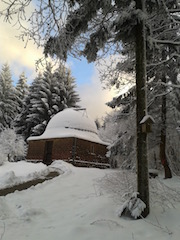
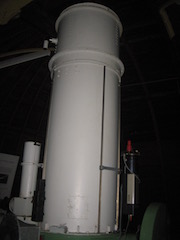
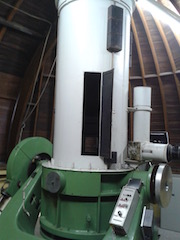
Internal only: link to our Waltz Wiki